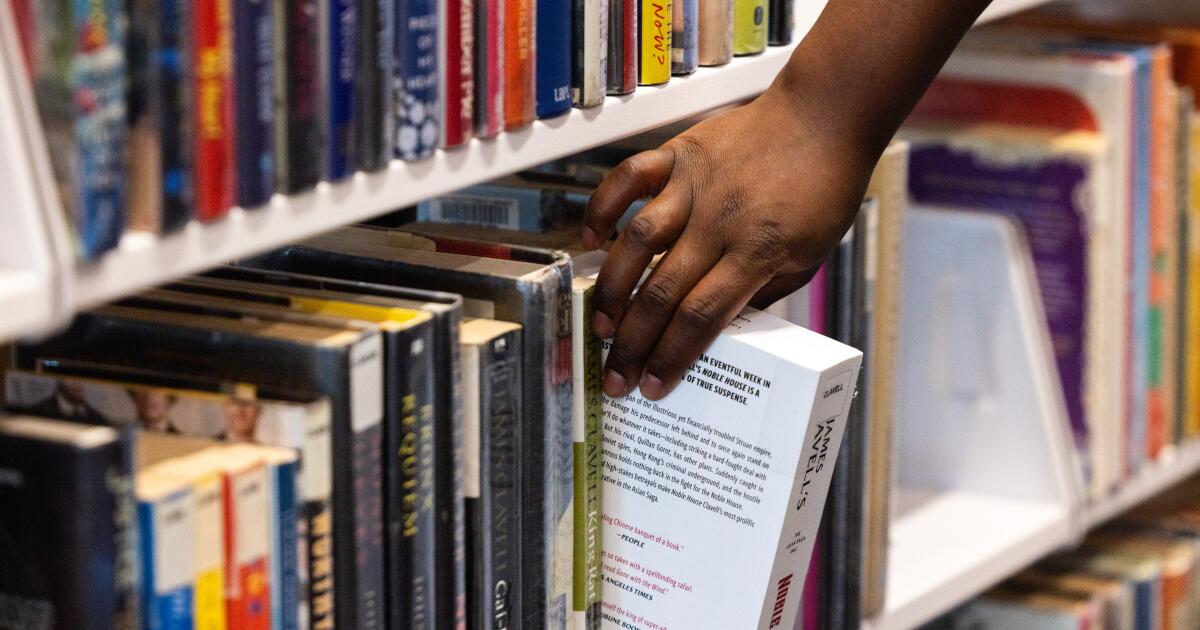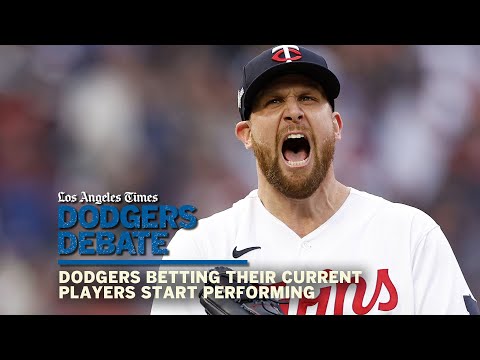Reading for pleasure drops 40% over last two decades, study says
Put down the book, pick up the phone.
So it goes in the United States, where daily reading for pleasure has plummeted more than 40% among adults over the last two decades, according to a new study from the University of Florida and University College London.
From 2003 to 2023, daily leisure reading declined at a steady rate of about 3% per year, according to the study published Wednesday in the journal iScience .
“This decline is concerning given earlier evidence for downward trends in reading for pleasure from the 1940s through to the start of our study in 2003, suggesting at least 80 years of continued decline in reading for pleasure,” the paper states.
Jill Sonke, one of the study’s authors, said in an interview Tuesday that the decline is concerning in part because “we know that reading for pleasure, among other forms of arts participation, is a health behavior. It is associated with relaxation, well-being, mental health, quality of life.”
“We’re losing a low-hanging fruit in our health toolkit when we’re reading or participating in the arts less,” added Sonke, the director of research initiatives at the UF Center for Arts in Medicine and co-director of the university’s EpiArts Lab.
The reading decline comes as most Americans have more access to books than ever before. Because of Libby and other e-book apps, people do not need to travel to libraries or bookstores. They can check out books from multiple libraries and read them on their tablets or phones.
But other forms of digital media are crowding out the free moments that people could devote to books. More time spent scrolling dank memes and reels on social media or bingeing the “King of the Hill” reboot on Hulu means less time for the latest pick from Oprah’s Book Club.
But researchers say there are factors besides digital distraction at play, including a national decline in leisure time overall and uneven access to books and libraries.
The study analyzed data from 236,270 Americans age 15 and older who completed the American Time Use Survey from the U.S. Bureau of Labor Statistics between 2003 and 2023. [The year 2020 was excluded because data collection was briefly paused amid the COVID-19 pandemic.]
Participants were asked to provide granular detail of their activities beginning at 4 a.m. on the day prior to the interview and ending at 4 a.m. the day of the interview.
Researchers found that people who do read for pleasure are doing so for longer stretches of time — from 1 hour 23 minutes per day in 2003 to 1 hour 37 minutes per day in 2023.
But the percentage of Americans who leisure-read on a typical day has dropped from a high of 28% in 2004 to a low of 16% in 2023.
Researchers said there was an especially concerning disparity between Black and white Americans.
The percentage of Black adults who read for pleasure peaked at about 20% in 2004 and fell to about 9% in 2023. The percentage of white adults who picked up a book for fun peaked at about 29% in 2004 and dropped to roughly 18% in 2023.
The study showed that women read for fun more than men. And that people who live in rural areas had a slightly steeper drop in pleasure reading than urban denizens over the last two decades.
In rural places, people have less access not only to bookstores and libraries, but also reliable internet connections, which can contribute to different reading habits, Kate Laughlin, executive director of the Seattle-based Assn. for Rural and Small Libraries, said in an interview Tuesday.
Although there have been concerted national efforts to focus on literacy in children, less attention is paid to adults, especially in small towns, Laughlin said.
“When you say ‘reading for pleasure,’ you make the assumption that reading is pleasurable,” Laughlin said. “If someone struggles with the act of actually reading and interpreting the words, that’s not leisure; that feels like work.”
As rural America shifts away from the extraction-based industries that once defined it — such as logging, coal mining and fishing — adults struggling with basic literacy are trying to play catch-up with the digital literacy needed in the modern workforce, Laughlin said.
Rural librarians, she said, often see adults in their late 20s and older coming in not to read but to learn how to use a keyboard and mouse and set up their first email address so they can apply for work online.
According to the study, the percentage of adults reading to children has not declined over the last two decades. But “rates of engagement were surprisingly low, with only 2% of participants reading with children on the average day.”
Of the participants whose data the researchers analyzed, 21% had a child under 9 at home.
The low percentage of adults reading with kids “is concerning given that regular reading during childhood is a strong determinant of reading ability and engagement later in life,” the study read. “The low rates of reading with children may thus contribute to future declines in reading among adults.”
Researchers noted some limitations in their ability to interpret the data from the American Time Use Survey. Some pleasure reading might have been categorized, mistakenly, as digital activity, they wrote.
E-books were not included in the reading category until 2011, and audiobooks were not included until 2021.
From 2003 to 2006, reading the Bible and other religious texts was included in reading in personal interest — but was recategorized afterward and grouped with other participation in religious practice.
Further, reading on tablets, computers and smartphones was not explicitly included in examples, making it unclear whether survey participants included it as leisure reading or technology use.
“This may mean that we underestimated rates of total engagement, although … we expect any such misclassifications to have minimal effects on our findings,” they wrote.



